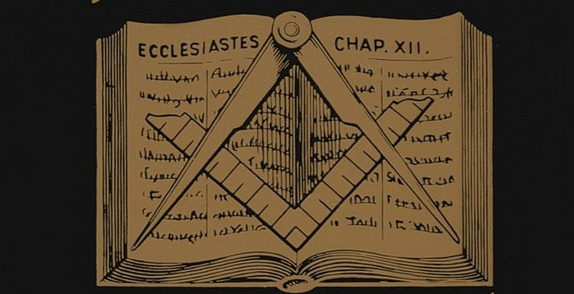Vatican calls for ‘coordinated strategy’ to oppose Freemasonry
A note signed by Pope Francis and Cardinal Fernández has called for a national response to growing Masonic membership in the Philippines
The Dicastery for the Doctrine of the Faith has called for a national response to combat growing Masonic membership in the Philippines in a note published Wednesday.

The note, signed by the dicastery’s prefect Cardinal Víctor Manuel Fernández and Pope Francis, said it is “necessary to put in place a coordinated strategy among the individual bishops” of t…
